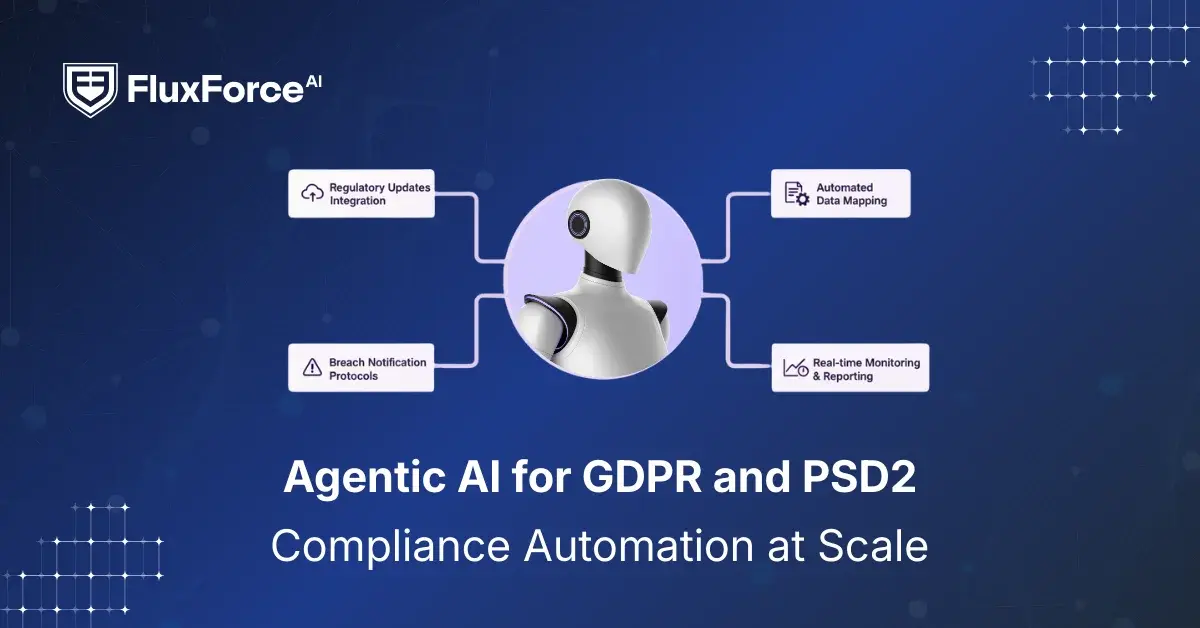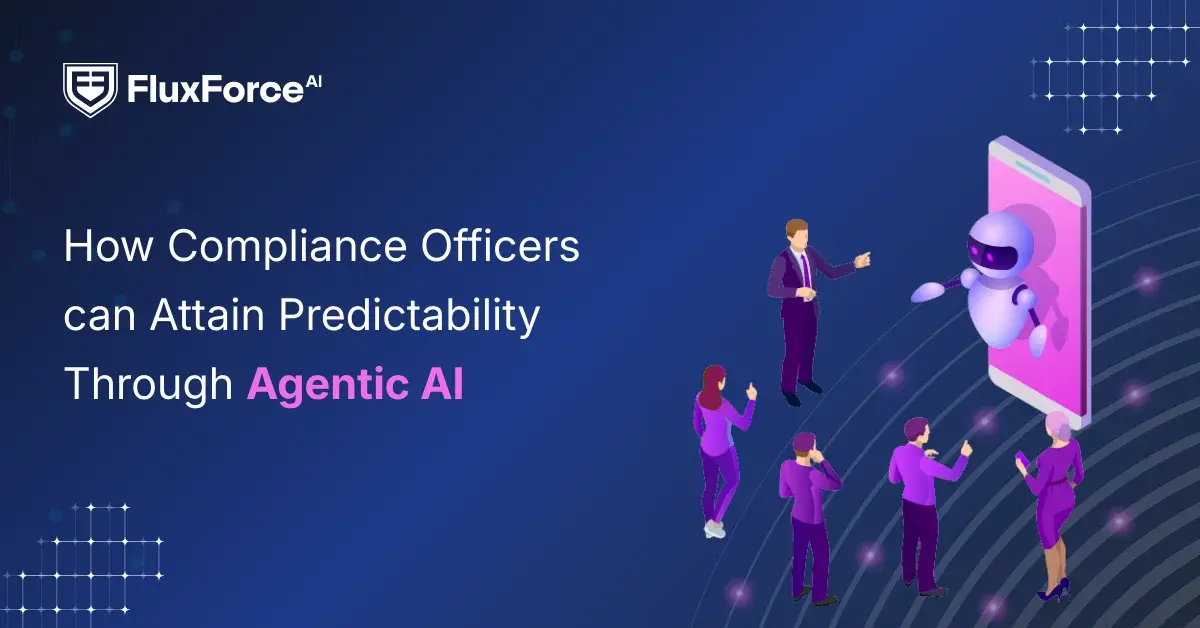Listen to our podcast 🎧

Introduction
Every claim appears legitimate until suspicious patterns are identified and verified. In the insurance sector, large numbers of policyholders attempt to exploit gaps in traditional processes, as manual verification methods often fail to detect modern inconsistencies.
With technological advancements in insurance, processes have changed dynamically. AI-powered insurance claims solutions are now widely applied by insurers to differentiate between fraudulent claims and actual high-claims cases.
These systems quickly pass through vast insurance datasets to flag potential fraud and protect insurance institutions. However, with careful implementation and best practices, companies can reduce losses in higher amounts and save millions to billions annually.
This article examines key suspicious claim detection strategies for insurers and demonstrates how AI-driven fraud detection in insurance can strengthen underwriting risk management.
How AI Improves Claim Risk Assessment Compared to Traditional Methods
Artificial Intelligence is highly effective in detecting suspicious or fraudulent claims compared to risk officers or underwriters who rely on manual reviews that miss subtle patterns. Below is a table that shows how insurance fraud is detected in two different scenarios:
|
Aspect |
Traditional Methods |
AI-Powered Methods |
|
Detection Speed |
Manual review of claims takes days or weeks. |
AI flags suspicious claims in minutes. |
|
Accuracy |
Subject to human error and oversight. |
High accuracy using predictive modeling and pattern recognition. |
|
Risk Identification |
Limited to obvious discrepancies. |
Detects subtle inconsistencies and hidden fraud patterns. |
|
Volume Handling |
Difficult to process large claim volumes. |
Can analyze thousands of claims simultaneously. |
|
Data Use |
Relies on basic historical claim checks. |
Uses extensive datasets including caravan insurance datasets and external data sources. |
|
Cost Savings |
Minimal, due to slow detection and missed fraud. |
Companies implementing AI saw up to 20–30% reduction in fraudulent payout costs over three years. |
|
Detection Rate Improvement |
Manual methods detect 60% of fraud attempts. |
AI fraud detection systems increased detection rates to 90% in recent implementations. |
Key Fraud Prevention Solutions for Policy Underwriting Managers
AI-powered solutions help underwriting managers detect fraud beyond papers and artificial proofs. Here are some effective tools that intelligently analyse claim patterns and alert risk teams:

1. AI-Powered Claim Scoring
Modern AI models assign risk scores to claims using past data and anomaly detection. High-risk claims get immediate attention without manual intervention. This reduces errors, prioritizes critical cases, and speeds up review processes.
2. Automated Pattern Recognition
These systems identify repeated claim types and unusual claimant activity across multiple claims records. This helps companies flag hidden fraud patterns automatically and reduce the workload required for manual investigation of each claim individually.
3. Predictive Fraud Modeling
Machine learning claims processing models predict potentially fraudulent insurance claims before approval. It uses historical cases, auto insurance data, and caravan insurance datasets to flag cheated claims early and prevent financial losses.
4. Integrated Claims Analytics
Centralized AI analytics consolidate past claims (accidental, theft, natural damage), external datasets (weather records, crime indexes, economic shifts), and live reporting (driving history, hospital records, IoT devices) into one dashboard.
This enables underwriters to view risk holistically, improve decision speed, and improve operational efficiency.
5. AI-powered Compliance and Regulatory Monitoring
Advanced AI models validate claims against internal policies and regulatory frameworks in real time. With built-in automated systems, it supports documentation for audits, reduces non-compliance penalties, and ensures all claims adhere to evolving legal standards.
Real-World Examples of Detecting Fraudulent Insurance Claims with AI
Case 1: Progressive Insurance – Auto Insurance Fraud Detection
Progressive struggled with rising staged accidents and fake injury claims. Traditional verification checks missed hidden fraud rings. Technological integration helped them review claims automatically and detect fraud in real time.
AI Integration- Machine learning models scanned thousands of car insurance claims each day.
- Historical claim records were compared to detect anomalies in accident timing and claimant history.
- Natural Language Processing (NLP) flagged suspicious narratives and fabricated details.
Results
- Fraud detection accuracy improved by 35%.
- Investigation speed for high-risk claims increased significantly.
- Fraudulent payouts decreased, while legitimate claims were processed faster.
Case 2: AXA Mansard – Health Insurance Fraud Detection
AXA Mansard struggled with false medical bills and repeated claims. Manual reviews missed critical fraud patterns. To solve this, the company used an AI-driven system to automate claim checks and strengthen fraud detection across health insurance.
AI Integration
- AI converted hospital and clinic claim records into structured formats.
- The system flagged duplicate submissions and unusual treatment charges.
- Automated workflows cut manual reviews and marked high-risk claims quickly.
Results
- Faster claims turnaround with quicker reimbursement for patients.
- Early detection of fraudulent claims reduced financial losses.
- Operational efficiency improved with fewer manual claim reviews.
Proven Suspicious Claim Detection Strategies for Insurers
The growing pressure on underwriting teams to process claims securely has driven wider adoption of technology. However, real efficiency comes from correctly applying these tools. Below are key strategies for suspicious claim detection. 
1. Multi-Layered Claim Scoring:
Implement AI-based risk scoring that combines claim type, policyholder history, and claim frequency. These models assign probability values and highlight claims that deviate from expected patterns. This allows focused investigations before payments are released.
2. Cross-Policy and Cross-Company Analysis:
Analyze claims across multiple policies and linked insurers. Deploy intelligent systems that detect repeated patterns, shared addresses, or staged loss events. This approach uncovers organized fraud networks that single-policy reviews often miss.
3. Automated Document Verification:
Use AI and OCR (Optical Character Recognition) to validate invoices, receipts, and medical or repair documents. These help companies flag discrepancies such as duplicate billing, altered documents, or mismatched service dates effectively.
4. Behavioral Pattern Monitoring:
Continuously track claimant behavior, including claim frequency or policy changes, with AI-powered fraud detection systems. Sudden deviations from normal patterns trigger immediate alerts to investigation teams.
5. Regulatory Compliance and Audit Integration:
Integrate claims monitoring with internal audit and regulatory checks. Adherence to industry standards and legal frameworks helps reduce penalties, reinforce fraud prevention, and safeguard company operations.
-1.png?width=1200&height=628&name=hubspot%20blog%20(6)-1.png)
Shaping the Future of AI in Finance
Fluxforce research uncovers how banks and enterprises are adapting to fraud, compliance, and data challenges in 2025.
Trends & Further Advancements in AI-Driven Claims Fraud Detection

1. Graph-Based AI for Cross-Company Fraud
Graph-based AI models allow insurance companies to build connections across multiple insurers and claim datasets. It connects policies, addresses, and payments to reveal hidden fraud rings. This approach prevents staged accidents and cross-company claims fraud that manual reviews cannot detect.
2. Adaptive Models for Emerging Fraud Tactics
Adaptive machine learning models learn from massive structured and unstructured datasets. With growing claims fraud techniques, these models evolve automatically, keeping detection accurate even as fraud tactics shift.
3. Pre-Built AI Models for Instant Detection
Pre-built models are trending among insurers for fraudulent claims detection. They are trained with global insurance data and deliver instant fraud detection without major internal changes. Though costly upfront, they reduce development effort and block billion-dollar fraud losses.
Conclusion
Policy insurance claims often face scrutiny from insurers. The growing threat of fraudulent claims, driven by evolving techniques, risks millions in potential losses. Modern AI solutions detect application fraud faster than traditional methods.
By analyzing hidden behavioral patterns and cross-checking with historical and external data, underwriting teams can flag suspicious claims early. According to reports by the National Insurance Crime Bureau, AI-enhanced fraud detection improves success rates by 22% over conventional approaches. Insurance companies should adopt these technologies without delay to strengthen their systems.
With major technological advancements, models that deliver results from day one are highly beneficial. Flux Force offers pre-trained insurance AI models that provide a strong line of defense, ease the burden on underwriting teams, and adapt continuously to new fraud tactics.






Share this article